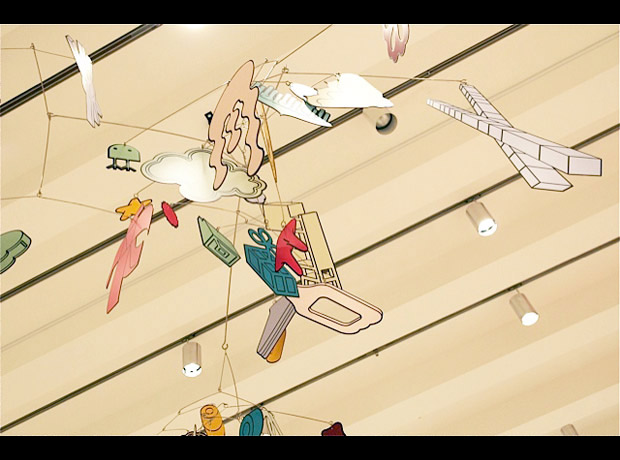The Modern Magazine
From printing issues on plywood to iPad apps, Jeremy Leslie of magCulture covers innovative design in the last decade of periodical publishing

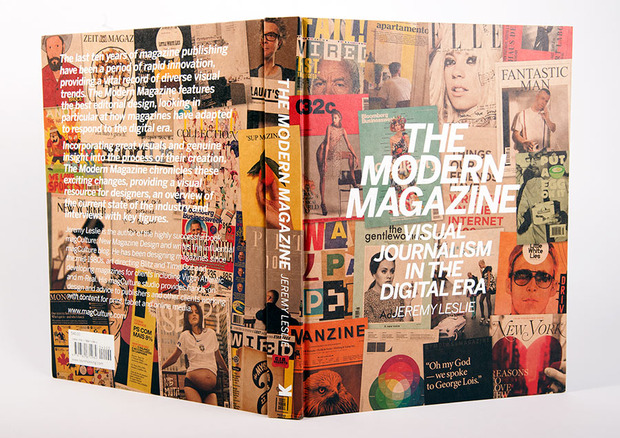
London-based graphic designer and founder of magCulture, an editorial design consultancy and an equally-informative magazine design blog, Jeremy Leslie is channeling 25 years of experience into his newest book, “The Modern Magazine: Visual Journalism in the Digital Era,” published by Laurence King.
“I realized that for most readers, magazines were temporary items,” explains Leslie, on his affection for the glossy periodical. “Most people buy, read, trash or recycle magazines. Yet magazines are fantastic records of graphic trends and experiments, their transitory nature encourages spontaneity in a manner not seen elsewhere and means magazines both reflect and lead graphic innovation. They record their time.”
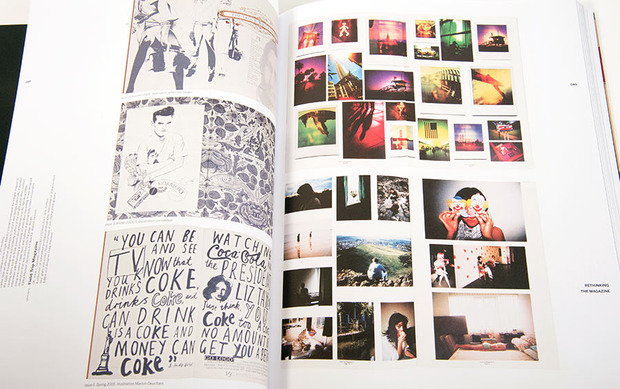
It took Leslie about two and a half years to go from conception to completion. The finished product contains four essays written by the author, a series of interviews with leading players, and page after page of noteworthy magazine covers and spreads (from low budget indie zines to international bestsellers), accompanied by the author’s illuminating side-blurbs. Describing the research process, Leslie remarks, “it was just a hard slog collating all the material, photographing it and linking the content together into a coherent series of images. On one level, it’s eye candy; on another level, there’s a deeper look at what’s happening in editorial design today and I hope the essays provide sound context.”
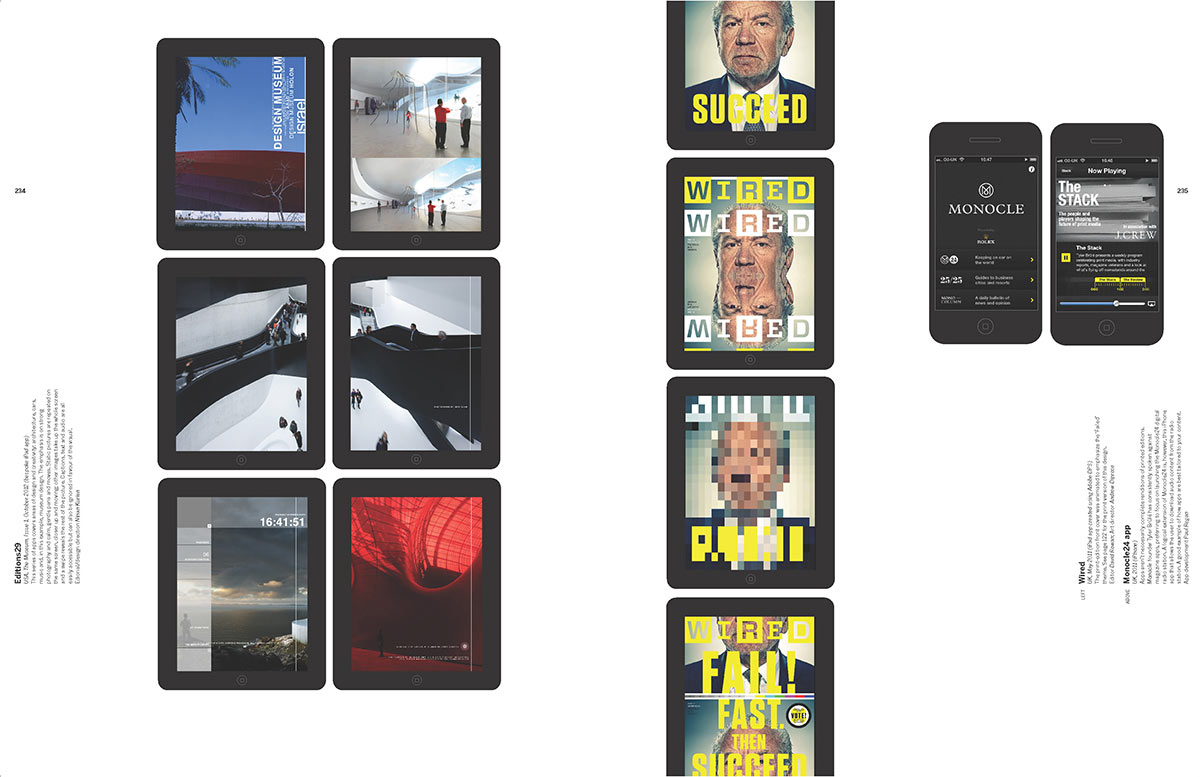
It’s been 10 years since Leslie wrote his last book on the same subject, “magCulture: New Magazine Design,” which later developed into his consultancy and blog. When asked about the last decade of publishing, he says, “I’m finding so many inspiring examples of great magazine creativity that now seemed time for a new book. I’m no longer arguing against the death of print, that’s an long-lost argument, but just relishing the ongoing innovation print designers keep achieving.” It seems there is no preference between print and digital, Leslie says, “it’s all about content—if you’ve got a great story, what’s the best way to communicate it? I still love print, but sometimes digital is a more appropriate way to publish. That’s what’s so exciting today, there are multiple channels and they all need to work together. There’s so much opportunity!”

Leslie covers the diversity of periodical publishing these days—which seems as varied as the number of species living in the Amazon rainforest—from magazines that experiment in new forms such as T-shirts, pieces of plywood and monthly name changes to magazines that explore niche subjects or different, often more abstract, angles of popular subjects. The last section of the book appropriately addresses how the industry has creatively evolved to live on smartphones and tablets, each magazine having a different response.
Unlike art and photography books with their characteristic glossy pages and laminated finish, “The Modern Magazine” distinguishes itself at first touch with a surprising cardboard cover and pages that actually feel like paper. Leslie explains his unusual choice of material: “In recent times print has allowed itself to become commodified, with too many books and magazines looking and feeling identical. One of the things that today’s publications can do to help themselves stand out is use print intelligently to make themselves special. There are many examples of magazines that do this in the book, so it seemed right that the book share those values. The choice of format, uncoated paper stock, the way the board cover is trimmed to the page size. It’s all carefully thought through. With today’s printing technology you can use uncoated paper and still get great color in the images.”
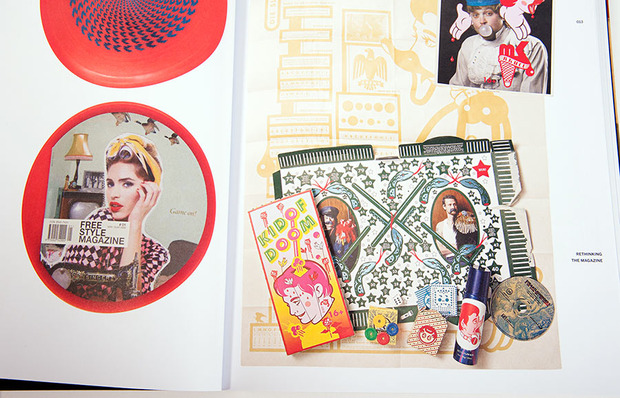
Leslie proves to be a thought-provoking narrator throughout the course of the book. In a rare case of being both the author and designer, he’s managed to fuse content and design to create something greater than the sum of its parts—the result is a visually inspiring resource for readers. “The Modern Magazine: Visual Journalism in the Digital Era” is available for pre-order on Amazon and will be released 8 October 2013.
Third and fourth images courtesy of Laurence King Publishing, all others by Nara Shin
